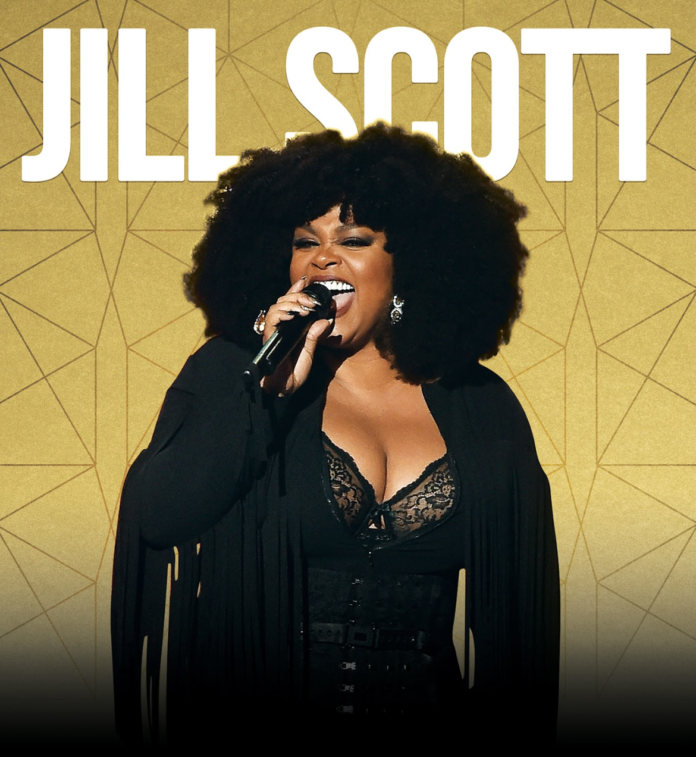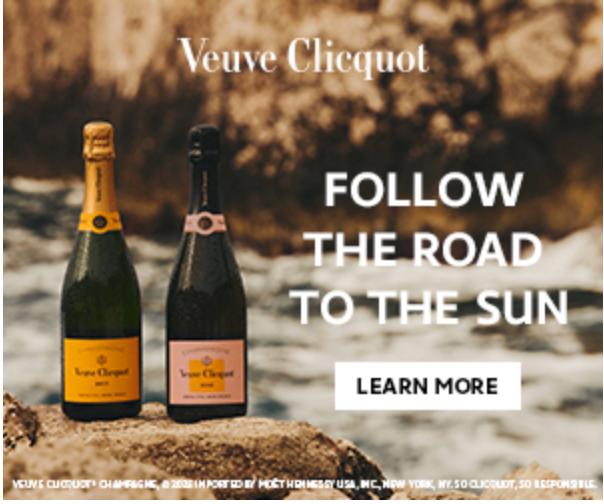Jill Scott Tours Philly’s The Met March 16-18 with ‘Who is Jill Scott? Words & Sounds Vol. 1 23rd Anniversary”
Jill Scott is a three-time Grammy Award-winning singer-songwriter, New York Times best-selling poet, critically acclaimed actor, and multimedia entrepreneur.
She released her much-anticipated debut record, “Who is Jill Scott? Words & Sounds, Vol. 1,” in July 2000, which became a double platinum album that earned Scott several Grammy nominations, including Best New Artist.
“Who is Jill Scott? Words & Sounds, Vol. 1,” Philly’s The Met March 16-18
What started as the 20th-anniversary tour of Jill Scott’s chart-topping, genre-defining album, Who Is Scott?: Words and Sounds Vol I in 2020 ended prematurely due to the COVID-19 pandemic.
But good news prevails: in 2023, the tour will resume
But good news prevails: in 2023, the tour will resume, electrifying auditoriums, theaters, and music halls throughout the nation in celebration of a moment and movement that continues to enthrall music lovers of all ages and backgrounds.
Scott will play the iconic album front to back, with hits from her iconic debut album, such as “Gettin’ in the Way,” “A Long Walk” and other musical stories. The tour, produced by Live Nation Urban, will play in over 20 markets across the country, with special multi-show residencies in Washington, D.C. at the MGM National Harbor on Mother’s Day weekend and Scott’s hometown of Philadelphia at The MET Philadelphia, marking the first time the North Philadelphia native will play at the storied North Philadelphia venue.
The Philadelphia stop also includes a fundraiser at the Arden Theatre in support of her non-profit, the Blues Babe Foundation.
“My band and I were so excited three years ago, but that damn COVID shut us down,” said Scott.
“Now, we outside! Come see me. Come feel again. Relive your favorite moments.
Ya’ll ready to settle down and get with this?!? It’s a lot of love here.”
Though Scott had to pause performances during the pandemic, she celebrated the milestone virtually and continued building her brand as a multimedia entrepreneur, launching “Jill Scott Presents: J.ill the Podcast” in November 2020 alongside co-hosts Laiya St.Clair and Aja Graydon-Dantzler. The universally-loved podcast currently has 80 episodes and continues to grow in popularity and influence. Scott also participated in the first woman vs. woman Verzuz battle in May 2020, starred in Lifetime’s Highway to Heaven and BET+’s The First Wives Club, and in September 2021, she became the face of Nationwide, bringing a fresh take on a familiar campaign and putting her soulful spin on the iconic jingle.
Scott released her much-anticipated debut record, Who is Jill Scott? Words & Sounds, Vol. 1 in July 2000, which became a double platinum album that earned Scott several Grammy nominations, including Best New Artist (2001), Best R&B Album (2001), and Best Female R&B Vocal Performance for three years in a row (2001-2003). The album also cracked Billboard top 10 for R&B/Hip-Hop Albums (2001).
Pre-sales for the Who is Jill Scott? Words & Sounds Vol. 1 23rd Anniversary Tour begin on Tuesday, December 6, 2022, and public on sale begins on Friday, December 9, 2022 at 10am local time.
Visit missjillscott.com for tickets and follow @MissJillScott on social media for the latest updates.
WHO IS JILL SCOTT? WORDS & SOUNDS VOL. 1 TOUR DATES:
Tue Feb 28 — Augusta, GA — Bell Auditorium
Thu Mar 02 — Macon, GA — City Auditorium at Macon Centreplex
Sat Mar 04 — Columbia, SC — The Township Auditorium
Tue Mar 07 — Jacksonville, FL — Moran Theater
Thu Mar 16 — Philadelphia, PA — The Met
Sat Mar 18 — Philadelphia, PA — The Met
Thu Mar 23 — Brooklyn, NY — Kings Theatre
Mon Mar 27 — Newark, NJ — New Jersey Performing Arts Center
Wed Mar 29 — Boston, MA — MGM Music Hall at Fenway
Fri Mar 31 — Detroit, MI — Fox Theatre
Sat Apr 01 — Cleveland, OH — MGM Northfield Park
Sun Apr 23 — Nashville, TN — Nashville Municipal Auditorium
Wed Apr 26 — Memphis, TN — Orpheum Theatre
Fri Apr 28 — Chattanooga, TN — Soldiers & Sailors Memorial Auditorium
Wed May 03 — Savannah, GA — Johnny Mercer Theatre
Fri May 05 — Greensboro, NC — Steven Tanger Center for the Performing Arts
Sat May 06 — Atlanta, GA — Cadence Bank Amphitheatre at Chastain Park
Thu May 11 — Washington DC — The Theater at MGM National Harbor
Sun May 14 — Washington DC — The Theater at MGM National Harbor
Thu Jun 22 — Los Angeles, CA — The Hollywood Bowl



